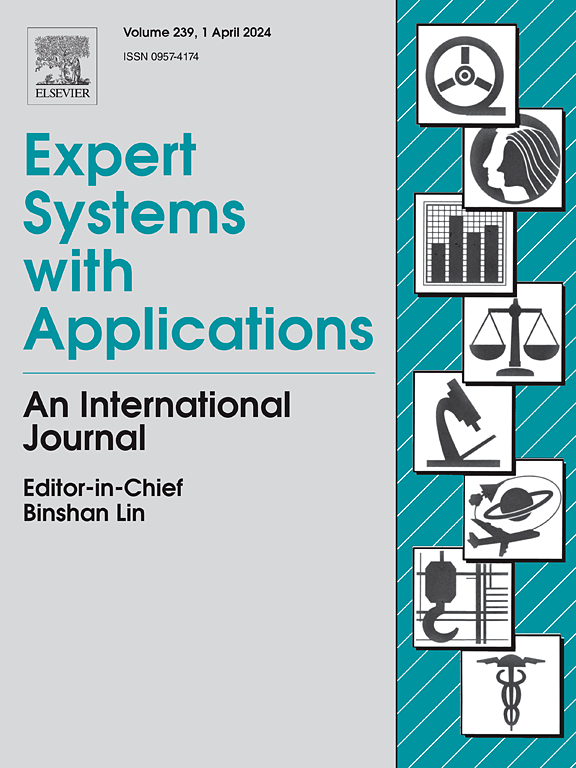Neural Chronos ODE: Modelling bidirectional temporal patterns in time-series data
IF 7.5
1区 计算机科学
Q1 COMPUTER SCIENCE, ARTIFICIAL INTELLIGENCE
引用次数: 0
Abstract
This work introduces Neural Chronos Ordinary Differential Equations (Neural CODE), a deep neural network architecture that fits a continuous-time ODE dynamics for predicting the chronology of a system both forward and backward in time. To train the model, we solve the ODE as an initial value problem and a final value problem, similar to Neural ODEs. We also explore two approaches to combining Neural CODE with Recurrent Neural Networks by replacing Neural ODE with Neural CODE (CODE-RNN), and incorporating a bidirectional RNN for full information flow in both time directions (CODE-BiRNN). Variants with other update cells namely GRU and LSTM are also considered and referred to as: CODE-GRU, CODE-BiGRU, CODE-LSTM, CODE-BiLSTM. Experimental results demonstrate that Neural CODE outperforms Neural ODE in learning the dynamics of a spiral forward and backward in time, even with sparser data. We also compare the performance of CODE-RNN/-GRU/-LSTM and CODE-BiRNN/-BiGRU/-BiLSTM against ODE-RNN/-GRU/-LSTM on three real-life time-series data tasks: imputation of missing data for lower and higher dimensional data, and forward and backward extrapolation with shorter and longer time horizons. Our findings show that the proposed architectures converge faster, with CODE-BiRNN/-BiGRU/-BiLSTM consistently outperforming the other architectures on all tasks, achieving a notably smaller mean squared error—often reduced by up to an order of magnitude.
求助全文
约1分钟内获得全文
求助全文
来源期刊

Expert Systems with Applications
工程技术-工程:电子与电气
CiteScore
13.80
自引率
10.60%
发文量
2045
审稿时长
8.7 months
期刊介绍:
Expert Systems With Applications is an international journal dedicated to the exchange of information on expert and intelligent systems used globally in industry, government, and universities. The journal emphasizes original papers covering the design, development, testing, implementation, and management of these systems, offering practical guidelines. It spans various sectors such as finance, engineering, marketing, law, project management, information management, medicine, and more. The journal also welcomes papers on multi-agent systems, knowledge management, neural networks, knowledge discovery, data mining, and other related areas, excluding applications to military/defense systems.
 求助内容:
求助内容: 应助结果提醒方式:
应助结果提醒方式:


